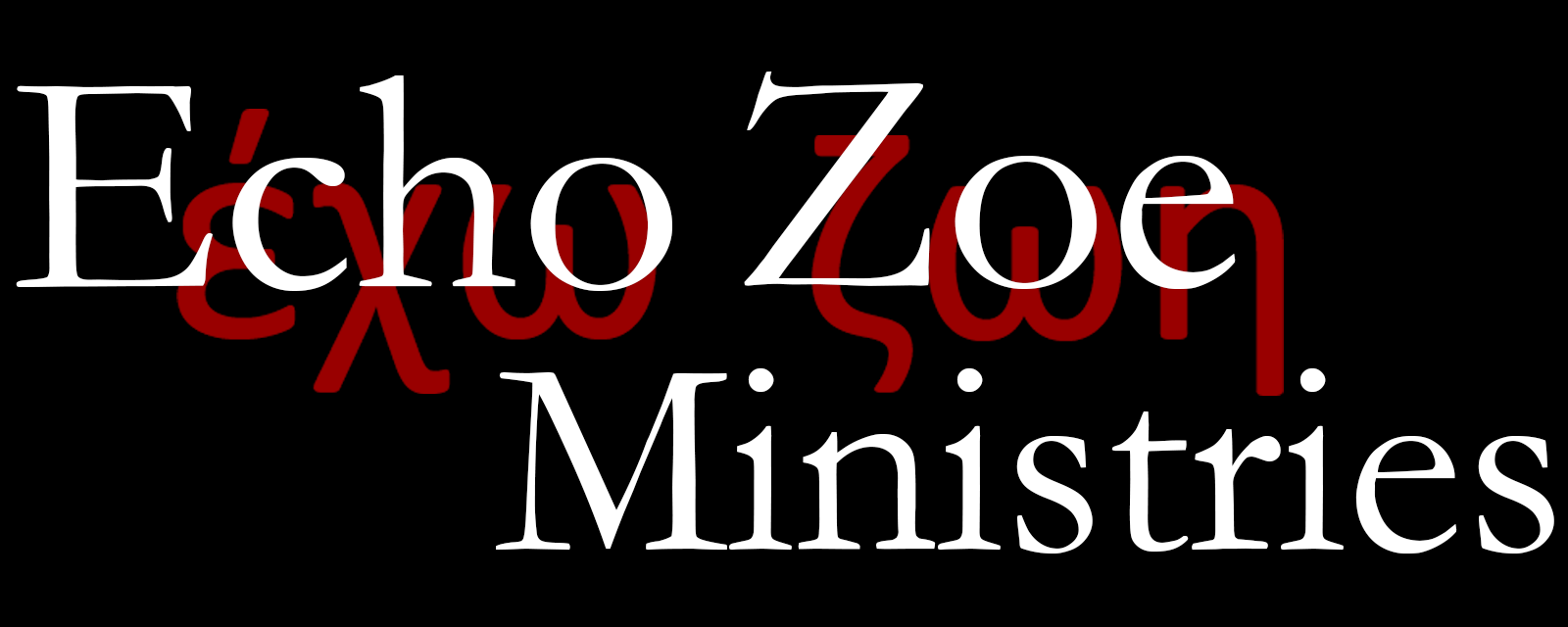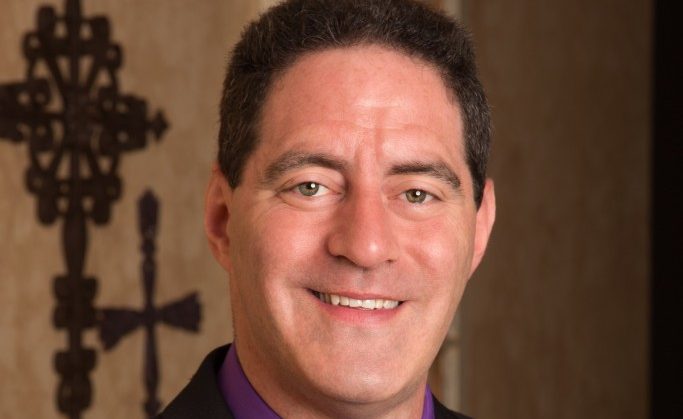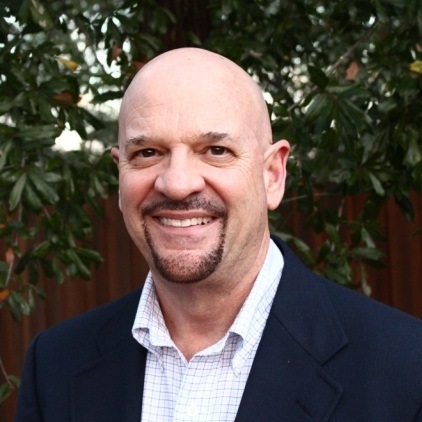Dr. Michael Svigel is Department Chair and Professor of Theological Studies at Dallas Theological Seminary. He's also the author of Urban Legends of Church History: 40 Common Misconceptions. In this episode, we discuss a handful of the urban legends from the book, and get into some interesting aspects of both church history and theology in the process.
Podcast: Play in new window | Download (Duration: 1:02:16 — 43.0MB)
Subscribe: RSS | Subscribe to Echo Zoe Radio
Outline of the Discussion
- Urban Legends of Church History is an accessible, easy read. It contains 40 short chapters broken into four sections: Early Church, Medieval Church, The Protestant Era, and the Modern Age. We discuss ten of the chapters/Urban Legends; two from each section, and two extras.
- The book had it's origins in a blog post about Myths from Church History.
- The book addresses heresies & false teachings by way of church history.
- We discuss briefly the urban legend that the Catholic Church regularly burned heretics at the stake. In one sense, it was technically untrue because it was the state that burned people at the stake. The Catholic Church would try people for heresy & turn them over to the state for punishment. In another sense, they more often resorted to excommunication than physical punishment. It was not uncommon for them to be much more merciful in their handling of “heretics.” Also, while one person burned at the stake is too many, the numbers of people actually executed is much smaller than most people think.
- Myth: The early church worshipped on Saturday, and was changed much later to Sunday by pagan emperor Constantine who was used to worshipping the Sun god on Sunday. While many Jewish Christians did continue to worship on Saturday, the common custom quickly became worshipping on Sunday as the day of Resurrection.
- Myth: The sands of the Colosseum are stained with the blood of martyrs. The myth has some reality to it, but the location is wrong. The actual location was the Circus of Nero (or Circus of Gaius), located where St. Peter's Cathedral now stands on Vatican Hill.
- Myth: Nothing good came from the Dark Ages. Even the term “Dark Ages” is a prejudicial term coined during the Enlightenment (an age of Humanism), describing the time between the Classical period of ancient Greece & Rome, and the Renaissance period, which sought to revive the classical arts. In reality, the middle-ages gave us many contributions from education, the arts, science, medicine, and culture.
- Myth: The Eastern and Western Churches split over just one word in the (Nicene) Creed. There's a nugget of truth to the myth. The creed states that the Holy Spirit proceeds from the Father. The Latin-speaking West, over the course of several centuries, added the single Latin compound word filioque, which means “and the Son.” The East objected to the addition. However, the conflict wasn't so much over the word, but rather over the authority for establishing doctrine. The East put the authority on the Church as a whole, whereas the West put the authority on the Pope as final authority.
- Myth: The Reformers removed the Apocrypha from the Bible. The reality is that the Apocryphal books were never universally accepted as Inspired Scripture. Rome added them at the Council of Trent during the Counter-Reformation (1540s).
- Bonus Myth: The Canon of Scripture was decided at the Council of Nicea. In reality, the Canon was determined much more organically; the Church as a whole recognized through time what books were being read and regarded as Scripture. The Canon was more descriptive, not prescriptive.
- Myth: The Anabaptists were the predecessors of the modern Baptists. The connection between Anabaptists and Baptists was only typological; they arrived at the same conclusions, but have no common ‘genealogy.' The most common heirs of the European Anabaptist tradition still around today. The Anabaptists arose in continental Europe, whereas the Baptists came from Britain.
- Myth: The Church has never been as divided as it is in the Modern Era. We can see even back at the churches in Corinth, or those of Revelation 2 & 3, and see that division within the Church goes all the way back to the beginning. Conflict is not new. In regard to the weighty, primary issues of the Christian faith, there is a lot of unity today within Conservative, Evangelical Christians.
- Myth: Calvinists nearly killed evangelism and missions, non-Calvinists revived them. To think that if Calvinism is true, there's no need for evangelism is to misunderstand Calvinism. Many modern missions movements were started by Calvinists. No particular church movement has a monopoly on evangelism & mission.m
- The differences between Calvinism and Arminianism are much smaller than most Christians believe today. They agree on Total Depravity. The disagreement is over how Grace works in salvation.
- Bonus Myth: The Doctrine of the Trinity developed centuries after Jesus. From the very beginning, in the New Testament and early Christian writings, the Trinity is taught and confessed. The true aspect of it was that the refined language used to describe the Trinity came together in about the fourth century.
Scriptures Referenced
- Corinthians
- Revelation 2 & 3
- Romans 8:28-29
Additional Resources
- Urban Legends of Church History: 40 Common Misconceptions (Amazon Affiliate Link)
- Twelve Myths of Church History Unraveled — Blog post by Michael Svigel





